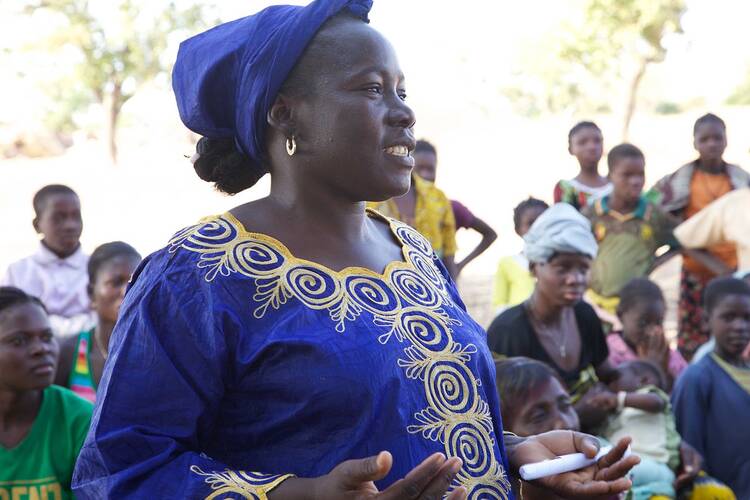The practice of female genital cutting is a longstanding tradition in many parts of Africa and in some Arab countries. Also called female genital mutilation or female circumcision, the procedure involves cutting, removing or stitching together some portion of the female genital organs for nonmedical reasons. A recent report from the U.N. Children’s Fund found that it is more widespread than once thought. The group discovered that approximately 60 million women in Indonesia have undergone genital cutting; Indonesia is the 30th country in which the practice has been identified. Genital cutting is seen as a rite of passage for girls as young as 6 years old and often is motivated by a cultural desire to ensure a woman’s purity, obedience or submissiveness. While some women are proud to participate in the procedure and feel it builds community, for many of the more than 200 million women worldwide who have experienced it, genital cutting can result in both immediate and long-term health issues.
As recently reported by Global Sisters Report, Sister Ephigenia Gachiri has spent 16 years traveling through Kenya—where 27 percent of women aged 15 to 49 have undergone some form of genital cutting—in an effort to change cultural ideas around the practice. As part of her efforts, she has created an alternative, Christian, coming-of-age ritual that could replace the practice of genital cutting. It is an idea that should be implemented widely, aided by the local outposts of the global church. The option of an alternate ritual, whether based in religious or local tradition, could help communities to recognize the dangers of genital cutting and protect the health of young women while still showing respect for the importance of tradition, community and the dignity of the person.








